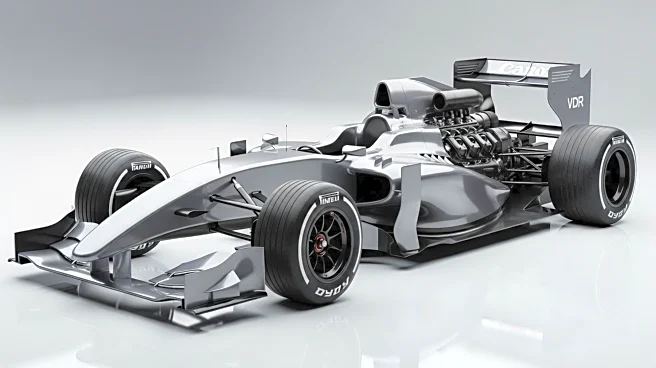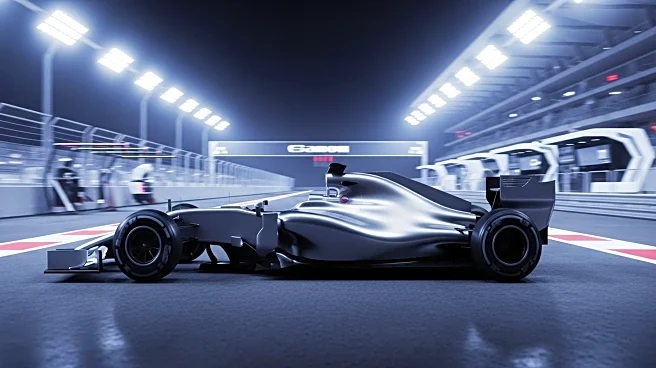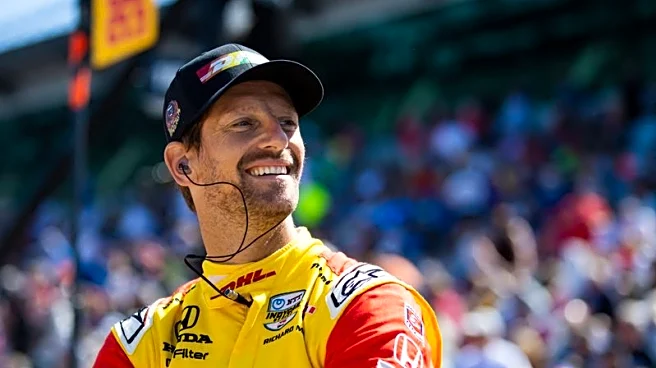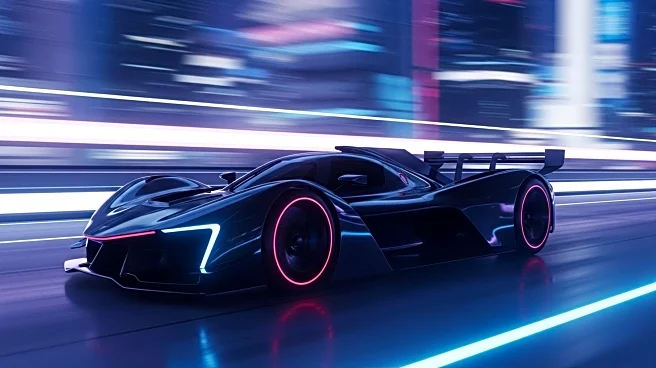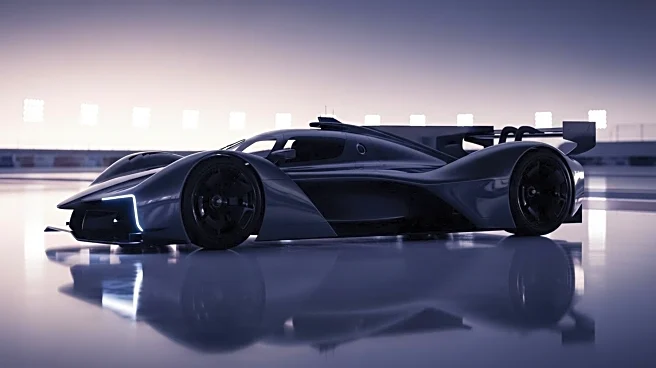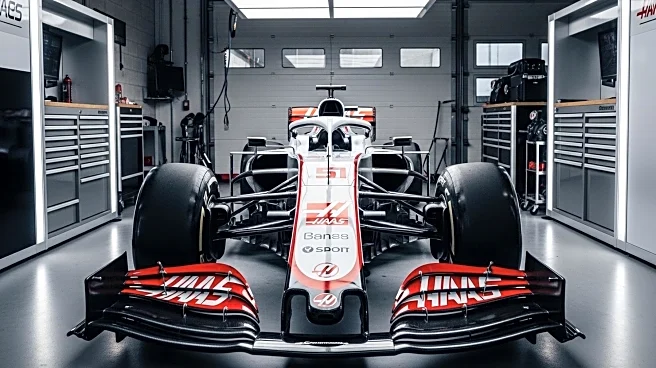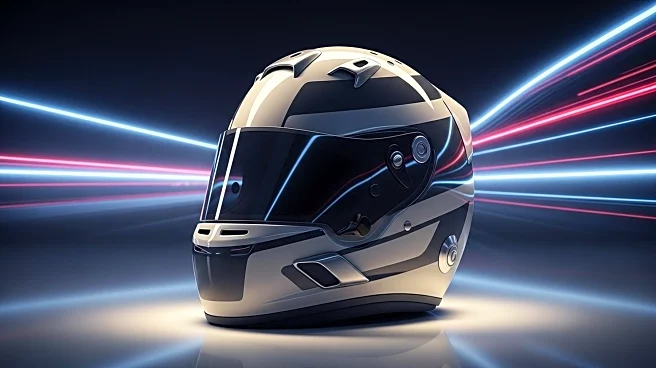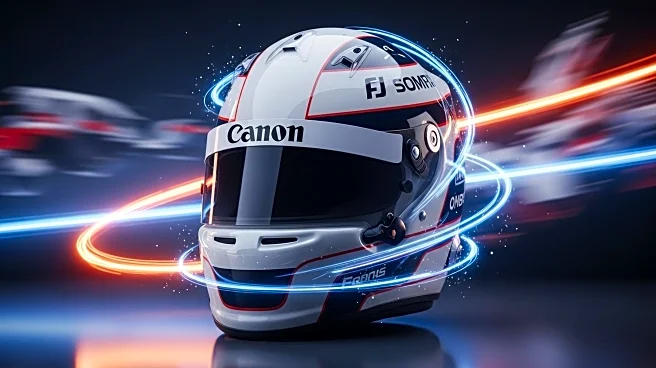What's Happening?
Ferrari's Charles Leclerc has voiced his opposition to the introduction of reverse grid formats in Formula 1, suggesting that such changes would alter the sport's fundamental DNA. Leclerc believes that reverse grids could be tested during sprint races, which have fewer points at stake, but should not be part of regular race weekends. Additionally, Leclerc expressed a desire to see the return of V8 or V10 engines, citing nostalgia and the distinctive sound that initially attracted him to the sport. Despite his preferences, Formula 1 has announced that V8 engines will not be reintroduced until at least 2031.
Why It's Important?
Leclerc's comments reflect a broader debate within Formula 1 about maintaining the sport's traditional elements versus adapting to attract new audiences. The potential introduction of reverse grids aims to increase excitement and engagement, particularly among younger fans. However, resistance from drivers like Leclerc highlights the importance of preserving the sport's heritage. The discussion around engine types also touches on environmental considerations, as Formula 1 continues to explore sustainable technologies. Leclerc's nostalgia for V8 engines underscores the emotional connection fans and drivers have with the sport's history.
Beyond the Headlines
The conversation around reverse grids and engine types in Formula 1 raises questions about the balance between innovation and tradition. As the sport seeks to evolve, it must consider the impact of changes on its identity and fan base. The debate also highlights the tension between technological advancements and the preservation of iconic elements that define Formula 1. As the sport navigates these challenges, it must address the diverse interests of stakeholders, including drivers, teams, and fans, while ensuring its long-term sustainability and appeal.

